What is an analogy?
An analogy is a comparison that shows a relationship between words or ideas.
What kinds of relationships are common in analogies?
(**I recommend working with them to discover relationships rather than giving them this list, so they get in the habit of thinking about the relationships between the word pairs. See the “How”)
Here are some common types of relationships between word pairs :
- Synonyms
- Antonyms
- Part/Whole & Whole/Part
- Degree of Intensity (increasing or decreasing)
- Cause/Effect & Effect/Cause; ex: practice : improve; flood : rain
- Definition
- Lack of – one word describes the absence of another; ex: disheartened : hope
- Agent & Action – one is the doer, one is the action; ex: brain : thinking; professor : teach
- Function – describes the purpose or function of something; ex: mneumonic : memory; saw : cut
- Action & Significance – the action and the significance or purpose of it: ex: curtsy : reverence
- Manner – describes the manner, way, or style by which an action is accomplished; ex: prattle : speak
- Category/Subcategory – ex: punctuation : grammar
- Object/Classification – Item/Category – Category/Example, ex: dog : Golden Retriever
- Pertaining to – one word refers to the category or class the other belongs to; ex: didactic : teach
- Symbol & What it Stands For/Represents; ex: heart : love; raven : lost love
- Component & Product/Material & End-Product – ex: flour : cake; lumber : house
- Thing & Characteristic – ex: elephant : enormous
compiled from Greenwich Schools, TeachThought, Haynes Academy, & Teacher Vision
Why are we studying, practicing, and using analogies?
- Word relationships can help students learn new words.
- Analyzing the relationships between words is one way to deepen understanding of vocabulary.
- Understanding and evaluating word relationships requires students to engage in higher-level thinking.
- Studying word relationships in pairs provides students with a framework for making comparisons between words, ideas, and meaning.
- The open format of analogies allows for differentiation options that include the difficulty of the words we use (that aren’t vocabulary words) and even the use of visuals for different learners/levels.
And, of course, it helps us to meet NJSLS.L5: Demonstrate understanding of word relationships and nuances in word meanings.
How can we solve analogies?
Englishforeveryone.org outlines a 3 step process for the “How,” which is echoed in many other resources as well:
- Step 1: Determine the relationship & develop a short, clear “bridge” sentence.
- EX: for shovel : dig – A shovel is used to dig.
- Step 2: Use the bridge with each answer choice and evaluate which maintains the same relationship/fits best.
- Step 3: Adjust/strengthen/specify the bridge sentence as needed
I also like the way TeachThought explains the process:
- Identify – Identify characteristics of the relationship(s)
- Analyze – Analyze those relationships/characteristics and come up with the clearest/best description of the relationship (this is where they need to complete a sentence that describes the relationship.).
- Transfer – Transfer the relationship from the first half of the analogy to the second
- Evaluate – How well does the relationship transfer to the other half? Do I need to adjust?
Things to remember (from greenwichschools.org)
- Parts of Speech: If the words in the first pair express a “noun : adjective,” or “verb : noun,” or adjective : adjective” relationship (for instance), the second pair should show the same relationship between parts of speech.
- Word Order: If the first pair expresses a “tool user : tool” relationship (for instance), the second pair must express the same relationship in the same order.
- Exactness: Sometimes two or more of the given choices would make fairly good sense in the blank. When this happens, you should choose the word or pair of words, which most exactly suits the relationship you are expressing.
Introducing Analogies in the Classroom
Check out these Anchor Charts from Deb at Crafting Connections, which could be a great introductory activity and resource you can create for your classroom. She’s an upper-elementary blogger, but the idea is good and can easily be adapted for our needs.
Chart 1 is before class; chart 2: working together to complete; chart 3: classifying the relationship.
This is a great example of how we can introduce the concept of analogies. I would, however, reverse the order of 2 & 3, though, so we’re identifying the relationship and then applying that relationship to fill in the blank.
Need big Post-It paper? Let me know!
Using Analogies as Teaching Tools & Vocabulary Practice
Students can use analogies to:
- predict new word meanings based on the relationship (complete analogies)
- cursory : meticulous :: feasible : impossible
- dark clouds : ominous :: cassette players : obsolete
- build connections between words they’re learning to deepen understanding and build contextual understanding of new vocabulary (single or double-blank analogies)
- demonstrate depth of word knowledge & self-assess
Analogy practice can be:
- Warm-up or closure activities
- Part of your vocabulary introduction
- Part of the weekly vocabulary activities (homework or classwork)
- Review (see this Analogy Bingo idea we could adapt for our needs)
Remember: How much you give students in any analogy problem is up to you and will yield different results. We could give them a single pair to start and have them identify the relationship; we could give them one pair or words and have them develop the next pair; we could give them the whole analogy and have them predict word meaning; or we could leave a single blank for them to fill in.
Additional Resources:
- Analogy Worksheets from Teach-nology
- Analogies Worksheets from English for Everyone (includes grade-leveled worksheets for practice)
- Analogies: Two Engaging Activities from Crafting Connections
Setting a Routine of Building Relationships & Making Connections
While analogies are great for introducing, learning, and reinforcing vocabulary, you can set a routine of relationship/connection building in all aspects of instruction.
These could be warm-ups, closures, etc. that act as quick formative assessments for their depth of understanding while also getting them thinking about the relationships between the things they’re learning.
Here are some examples:
- parenthetical citation : works cited :: ____________ : ____________
- thesis statement : essay :: ____________ : ____________
- Lady Macbeth : gender norms :: ____________ : ____________
- paragraph : prose :: ____________ : poetry
- period : stop :: ____________ : pause
- counterclaim : claim :: ____________ : ____________
- evidence : reasons :: ____________ : ____________
- happy : ecstatic :: sad : ____________ (to teach nuances in tone)
- pre-writing : writing process :: ____________ : ____________
- mockingbird : innocence :: ____________ : ____________
- racism : prejudice :: ____________ : ____________
- rags to riches : American Dream :: ____________ : ____________
- journal : ____________ :: editorial : ____________
If you want to continue the relationship-building that deepens thinking in ways beyond vocabulary, check out this New York Times, Learning Network resource on analogies in writing: Skills Practice: Understanding and Making Analogies
Resources I used in compiling this post:
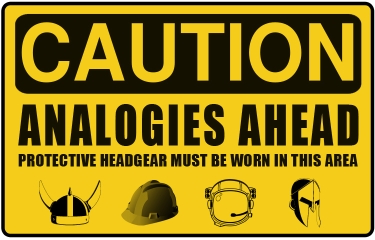



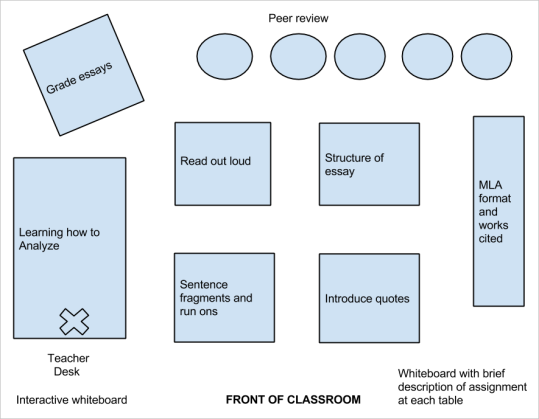
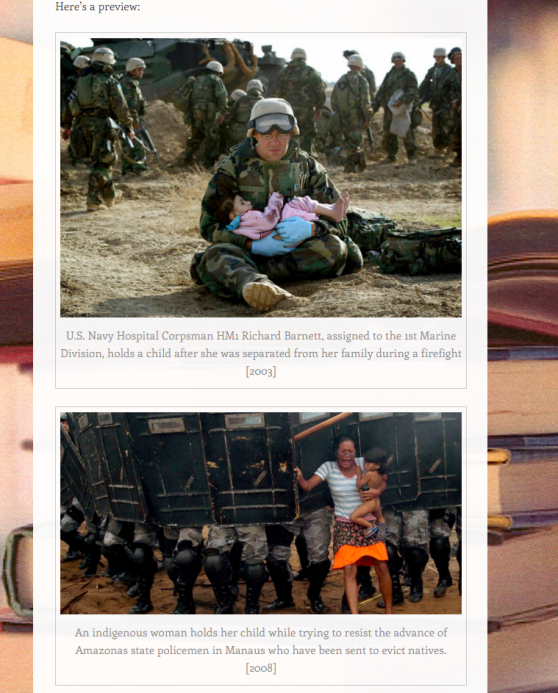
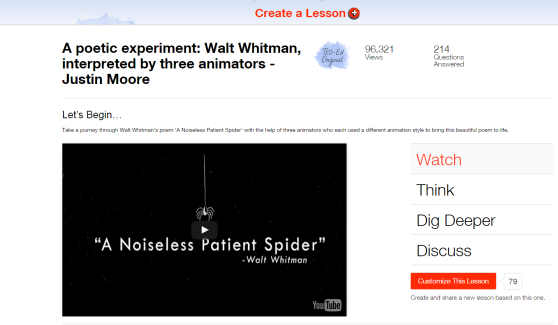
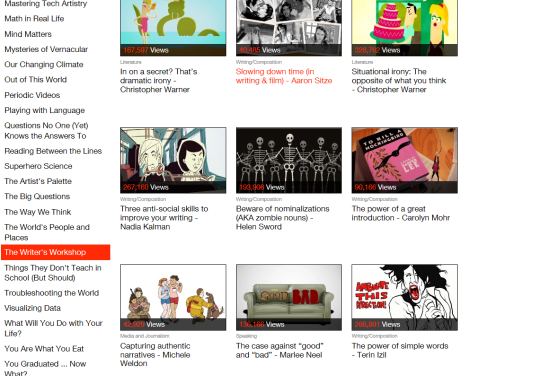

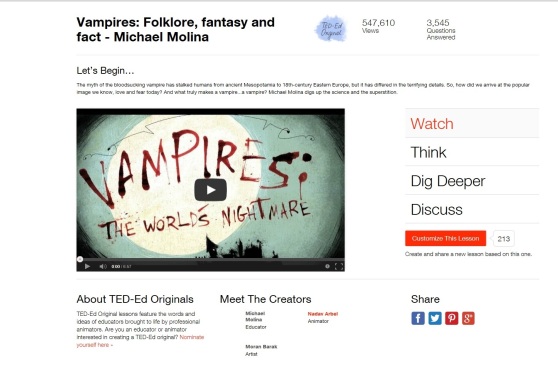

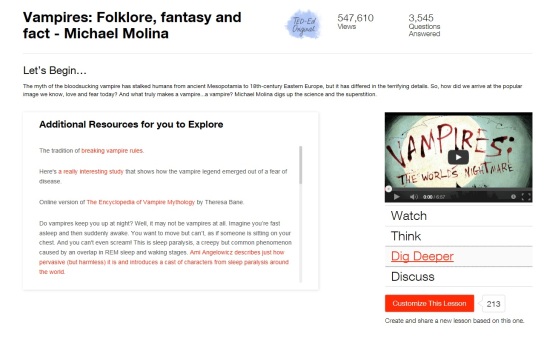
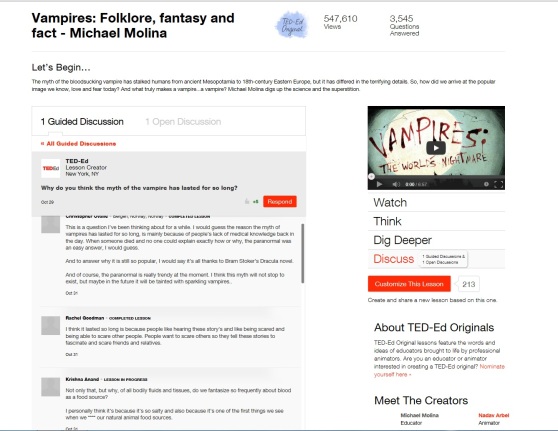
![U.S. Navy Hospital Corpsman HM1 Richard Barnett, assigned to the 1st Marine Division, holds a child after she was separated from her family during a firefight [2003]](https://bhpenglish.files.wordpress.com/2014/10/75-photos-1.jpg?w=558&h=388)
![An indigenous woman holds her child while trying to resist the advance of Amazonas state policemen in Manaus who have been sent to evict natives. [2008]](https://bhpenglish.files.wordpress.com/2014/10/75-photos-2.jpg?w=558&h=281)
![Three young women from the New York Fashion Week pose next to a homeless man. [2012]](https://bhpenglish.files.wordpress.com/2014/10/75-photos-3.jpg?w=558&h=385)